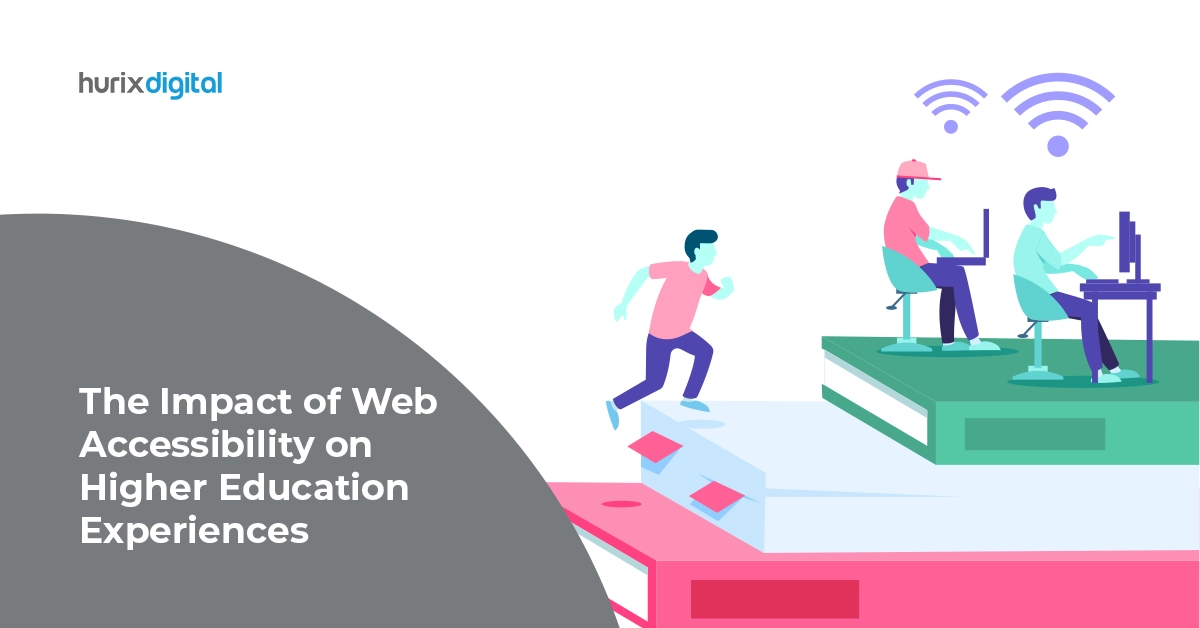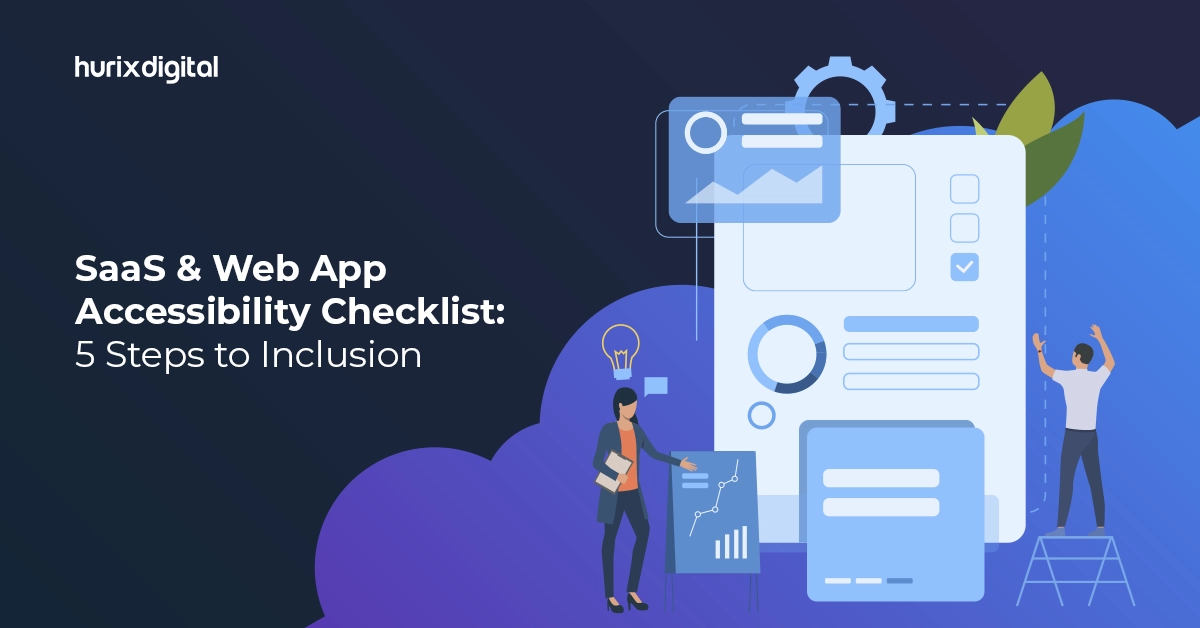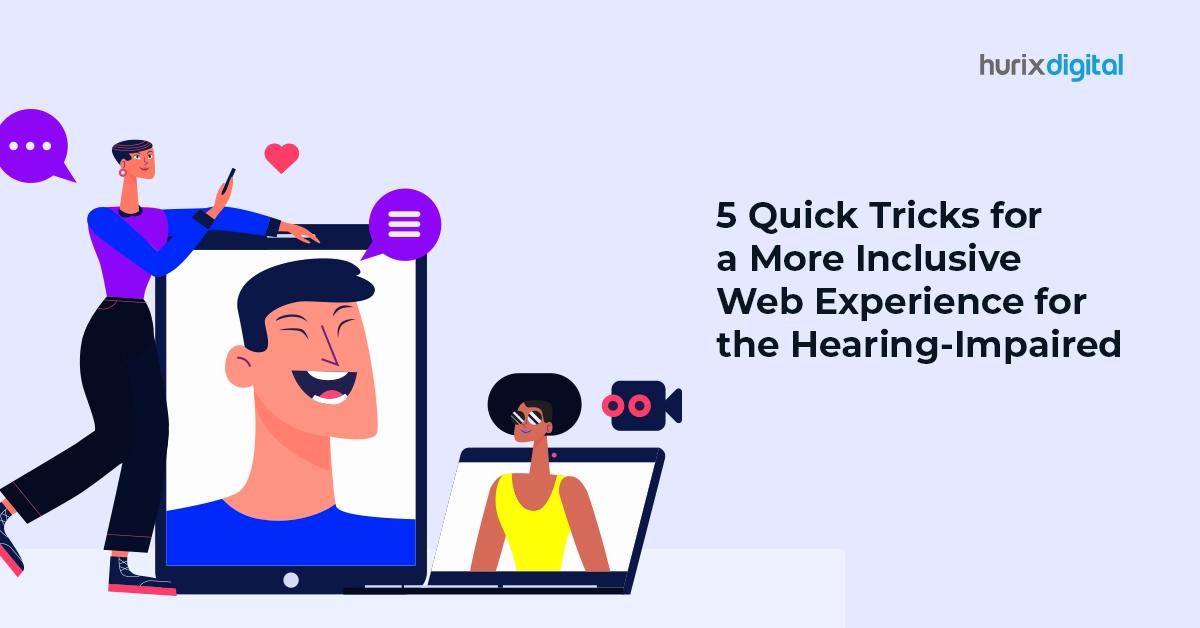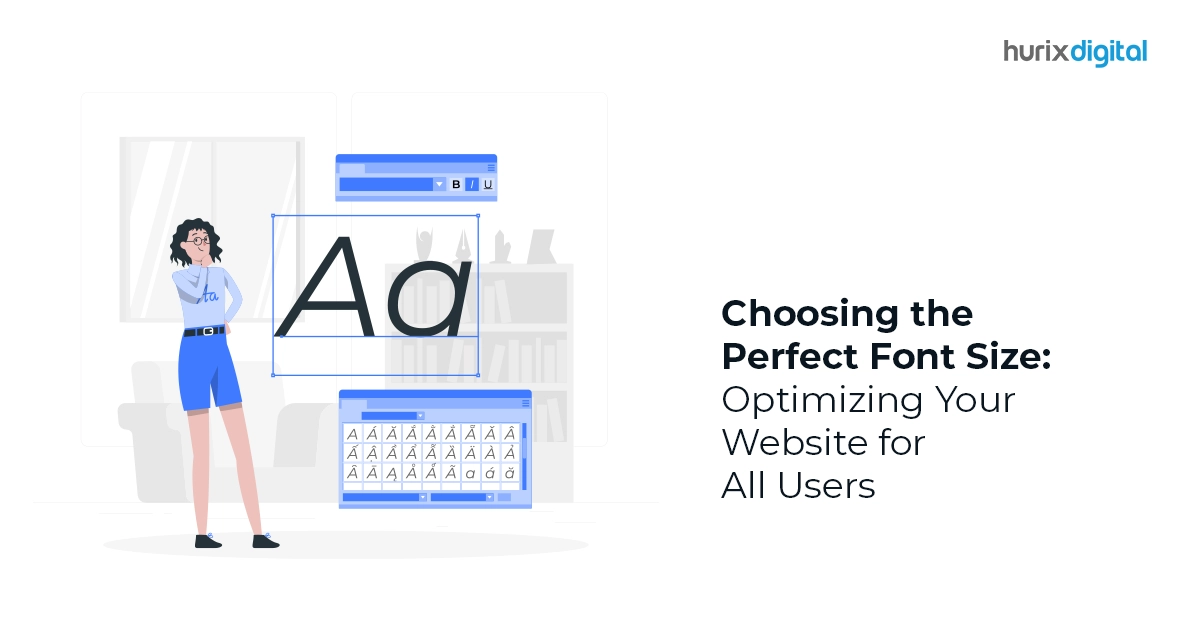Summary
Unveil the truths behind common misconceptions about web accessibility and discover why it matters more than ever. From understanding the diverse disability population to debunking myths about implementation and compliance, learn how prioritizing accessibility can benefit both businesses and users alike.
In the bustling digital landscape of today, where websites serve as gateways to information, products, and services, ensuring inclusivity is paramount. Web accessibility, often misunderstood, is the practice of designing and developing websites that can be used by people of all abilities, including those with disabilities. Despite its significance, there are prevalent misconceptions surrounding web accessibility that hinder its adoption and implementation. Let’s debunk some of these myths and shed light on the truths behind them.
Table of Contents:
- Beyond Stereotypes: Understanding the Disability Population
- Five Common Myths about Web Accessibility
- The Benefits of an Accessible Website: Beyond Compliance
- Taking the First Step: Tools and Resources for Accessibility
- Conclusion
Beyond Stereotypes: Understanding the Disability Population
One of the biggest misconceptions about web accessibility is that it only caters to a small niche – people with visual impairments. The reality is, that the disability population is diverse and encompasses a wide range of types of impairments, including:
- Visual impairments: People with blindness or low vision.
- Auditory impairments: People with deafness or hearing loss.
- Mobility impairments: People with difficulty using their hands or limbs.
- Cognitive impairments: People with learning disabilities or memory impairments.
This diverse population represents a significant market segment, often overlooked by businesses. By making your website accessible, you open doors to a wider audience and tap into potential customers you might be missing.
Five Common Myths about Web Accessibility
Myth 1: Web Accessibility Only Benefits a Small Portion of the Population
One common misconception about web accessibility is that it only caters to a niche audience. However, the reality is quite the opposite. The disability population is more significant than many realize, with approximately 15% of the world’s population living with some form of disability. These disabilities encompass a wide spectrum, including visual, auditory, motor, and cognitive impairments. By prioritizing web accessibility, businesses and organizations can tap into this sizable demographic, ensuring equal access to their online content and services.
Myth 2: Web Accessibility is Limited to Certain Types of Impairments
Another misconception is that web accessibility efforts only cater to specific types of impairments, such as blindness or deafness. In reality, web accessibility encompasses a diverse range of disabilities and challenges. Visual impairments, which include conditions like low vision, color blindness, and blindness, are just one aspect. Other types of impairments, such as hearing impairments, motor disabilities, and cognitive disabilities, also need to be considered in the design and development of accessible websites. Adhering to Web Content Accessibility Guidelines (WCAG) ensures that websites are inclusive and usable by individuals with various disabilities.
Myth 3: Implementing Web Accessibility is Costly and Time-Consuming
A prevalent misconception among businesses and website owners is that developing an accessible website is prohibitively expensive and time-consuming. While it’s true that ensuring web accessibility requires an initial investment of resources, the long-term benefits far outweigh the costs. Moreover, many accessibility features can be seamlessly integrated into the design and development process without significantly impacting timelines or budgets. By prioritizing accessibility from the outset, organizations can avoid costly retrofits and potential legal repercussions down the line.
Also Read: Accessibility Testing: All You Need to Know About Accessibility Testing
Myth 4: Automated Tools Can Make Any Website Accessible
While automated tools can be helpful in identifying certain accessibility issues, they are not a silver bullet solution. Automated assessment methods, such as accessibility plugins and scanners, can certainly assist in flagging common issues. However, they often lack the nuanced understanding and human judgment required to address complex accessibility challenges comprehensively. Manual testing by accessibility experts remains indispensable in ensuring that a website is truly accessible to all users.
Myth 5: Web Accessibility is Primarily About Compliance and Avoiding Lawsuits
While compliance with accessibility standards such as WCAG is essential, the true essence of web accessibility goes beyond mere legal requirements. Creating a website accessible to everyone is a matter of inclusivity and social responsibility. By embracing accessibility best practices, businesses demonstrate their commitment to diversity, equity, and inclusion. Moreover, prioritizing web accessibility can enhance user experience, improve search engine rankings, and broaden the reach of online content and services.
The Benefits of an Accessible Website: Beyond Compliance
The benefits of developing an accessible website extend far beyond legal compliance and avoiding lawsuits. Consider these advantages:
- Improved SEO: Accessible websites often rank higher in search results, benefiting your online visibility.
- Enhanced User Experience: Clear navigation, concise language, and alternative formats benefit everyone, not just users with disabilities.
- Stronger Brand Reputation: Demonstrating inclusivity strengthens your brand image and attracts socially conscious consumers.
- Increased User Engagement: Accessible websites keep users engaged for longer, leading to higher conversion rates.
Taking the First Step: Tools and Resources for Accessibility
Developing an accessible website doesn’t have to be overwhelming. Here are some resources to get you started:
- WCAG Standards: The Web Content Accessibility Guidelines (WCAG) provide a framework for developing an accessible website.
- Automated Tools: Tools like WAVE and Lighthouse can identify potential accessibility issues.
- Accessibility Experts: Partnering with accessibility specialists can ensure comprehensive compliance and optimal results.
Also Read: Breaking Down the Myths of eLearning: Debunking Common Misconceptions
Conclusion
In conclusion, web accessibility is not merely a checkbox to tick off but a fundamental aspect of designing and developing for the digital world. By dispelling common misconceptions and embracing inclusive design principles, businesses and organizations can create digital experiences that are accessible to all. At Hurix Digital, we understand the importance of web accessibility and offer comprehensive solutions to help you build and maintain accessible websites. Let’s work together to ensure that your online presence is inclusive and welcoming to everyone.











